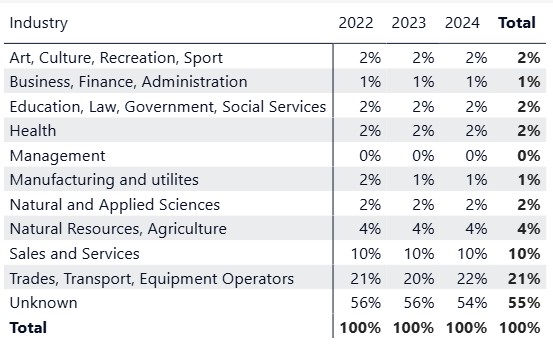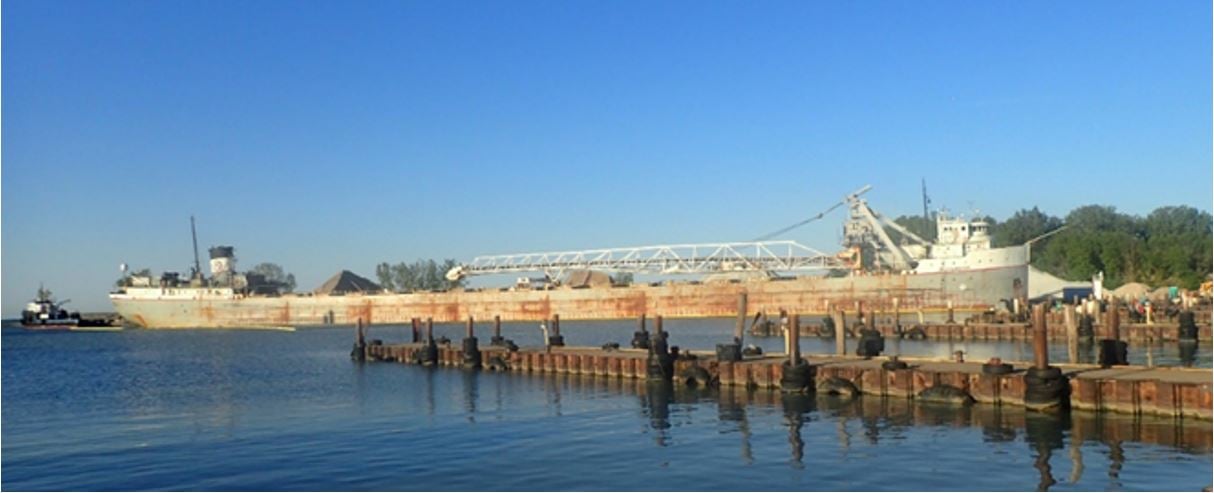‘There's a lot of stigma towards people who use substances’

The use of unregulated drugs in British Columbia is claiming about five lives each day, according to a recent report.
Specifically, there were 145 suspected unregulated drug deaths in the province in May this year. That number increased to 147 in June, data from the B.C. Coroners Service show.
That equates to 4.7 deaths each day for May and 4.9 for June.
Workers in trades, transport, and equipment operation have historically been overrepresented in these deaths, accounting for about one in five of the deaths by illicit drug use over the past three years.
Sales and service workers, meanwhile, account for about 1 in 10 drug-related deaths.
More than half of these deaths have not been attributed to any industry, but the numbers for the remaining sectors have remained low.

Stigma and silence
Stigma and silence continue to fuel these preventable deaths, according to one expert.
“There's a lot of stigma towards people who use substances. People don't see substance use and dependence as a disease. They see it as a choice ... But, it's a disease,” said Dr. Silvina Mema, deputy medical health officer for Interior Health, according to a Castanet report.
So far this year, men have comprised 78 per cent of toxic drug deaths, with women making up the remaining 22 per cent, according to the report. Men aged 25 to 55 working in trades and service roles are overrepresented in the province’s illicit drug poisoning fatalities.
Industry experts point to the demanding nature of trades and service jobs as a contributing factor. These roles often involve strenuous physical labour, irregular shifts, and exposure to extreme temperatures, all of which increase the risk of musculoskeletal injuries (MSIs). WorkSafeBC notes that such injuries, including sprains and strains, are common, and pain management can lead workers to use alcohol or opioids—sometimes initially prescribed for legitimate pain relief, but later misused or replaced by illicit substances.
Compounding the crisis are workplace policies that strictly prohibit drug use—including the use of naloxone, the life-saving medication that reverses opioid overdoses. These policies, while intended to ensure safety, can drive substance use underground, increasing the risk that workers will use alone and without support, heightening the danger of fatal overdoses.
However, there is a shortage of data on men in trades and why they are one of the largest groups being impacted by the toxic drug crisis, Sarah Magee, executive director of the Nelson CARES Society, noted, according to the Castanet report.
"We don't go as deeply into the background to understand where they came from or why life might have taken them down the path that they're currently on," she said.
Despite these challenges, resources are emerging to support affected workers. The International Brotherhood of Electrical Workers has introduced a free Employee Assistance Program (EAP) for those struggling with mental health and substance use issues. Additionally, the Tailgate Project offers harm reduction resources aimed at reducing stigma and encouraging tradespeople to seek help, Castanet noted.
Employees with drug and alcohol issues need better supports, Canadian Occupational Safety previously reported.
Just this June, the British Columbia government introduced new minimum standards for overdose prevention services aimed at enhancing safety, improving service consistency, and increasing oversight for clients, staff, and the broader community. The new standards provide a provincewide framework for how overdose prevention services should be delivered.




